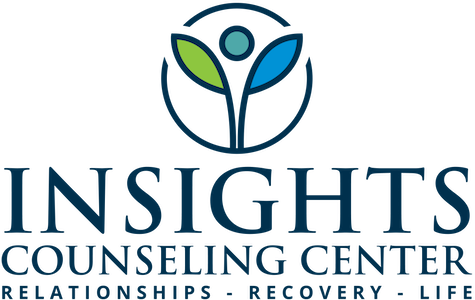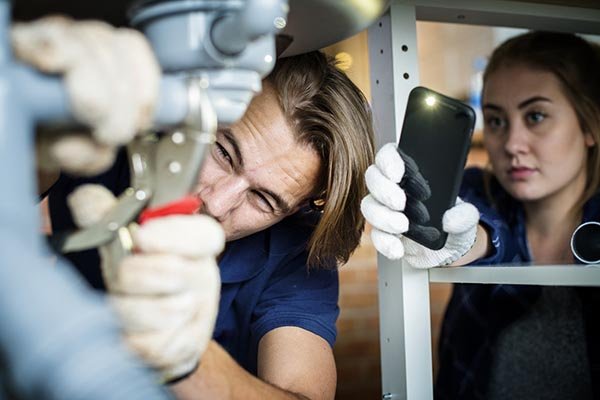What Makes a Real Repair in a Relationship?
Part 1 of 6 in the “Repair That Lasts” Series
Every couple fights. Every couple messes up. Disconnection is part of being human—and part of being in relationship. But what sets healthy couples apart isn’t how often they disagree—it’s how they repair.
The truth is, most of us didn’t grow up learning what a real repair looks like. We may say “I’m sorry” and hope it blows over. Or we minimize—“You’re too sensitive”—because we’re uncomfortable with our own guilt. Sometimes we avoid it altogether, hoping time will make it fade.
But time alone doesn’t heal hurt. Repair does.
In couples therapy, one of the most important skills we teach is this: repair is how trust, intimacy, and emotional safety are restored.
Let’s talk about what that really means.
What Repair Is—and What It Isn’t
A repair isn’t just an apology. It’s an action—an intentional, emotionally attuned effort to mend the bond after it’s been strained.
Repair is:
Acknowledging how your behavior affected your partner
Validating their emotional experience without rushing to defend yourself
Taking responsibility, even if you didn’t intend harm
Staying engaged instead of shutting down
Working together to reestablish safety and closeness
Repair isn’t:
“I’m sorry you feel that way”
Changing the subject or trying to smooth things over too quickly
Making it about your own guilt or shame
Demanding instant forgiveness
Avoiding future conversations to prevent more conflict
In healthy relationships, repair becomes a shared practice, not a one-time fix.
Why Some Repairs Don’t Work
One of the most painful things we hear from couples is: “I’ve apologized a hundred times, and it’s never enough.” If you’ve said those words—or heard them—you’re not alone.
I want to offer you some clarity here: It’s not that your apology didn’t count. It’s that the injury hasn’t been repaired.
Here are a few reasons that might happen:
The apology was too quick. Your partner may still be dysregulated or not ready to receive it.
There’s no change in behavior. Repeating the same hurt undermines the words.
The apology missed the impact. If your partner felt abandoned, but you apologized for “making them mad,” it can miss the mark.
It’s become a pattern. If the same repair keeps happening over the same issue, your partner may not feel safe yet.
This doesn’t mean you’re failing—it just means repair might need to go deeper.
“Real repair doesn’t
rush the pain—it meets
it with presence.”
Repair as a Relational Skill
In Gottman Method Couples Therapy, we often use the Repair Checklist—a tool full of simple, disarming statements to help partners reconnect when tension rises.
Phrases like:
“That didn’t come out right. Can I try again?”
“I’m feeling flooded—can we take a break and come back to this?”
“That hurt, and I want us to work through it.”
“I see that you’re hurting, and I care. I want to understand.”
These aren’t magic words. They’re repair attempts—and when used with sincerity and emotional presence, they soften the edges of conflict and open the door to reconnection.
The more you practice, the more natural they become.
Real Repair Rebuilds Trust
If you read our recent trust series, you’ll remember this: we recognize trust by being trustworthy. The same is true of repair. We don’t just say we’re sorry—we live differently afterward. We listen more closely. Speak more gently. Stay more present.
Repair is how you say, “Our relationship matters more to me than my pride in this moment.”
It’s also how you teach your partner that conflict isn’t the end of connection.
From the Inside Out
You don’t have to be perfect to create safety in your relationship—you just have to be willing to repair. To pause. To soften. To take ownership. And to keep showing up when it matters most.
If you and your partner struggle to repair after conflict, you’re not alone. Our couples therapists can help you learn the skills of repair that lasts—so you can stop walking on eggshells and start building something deeper, from the inside out. Reach out today to schedule an appointment.

